
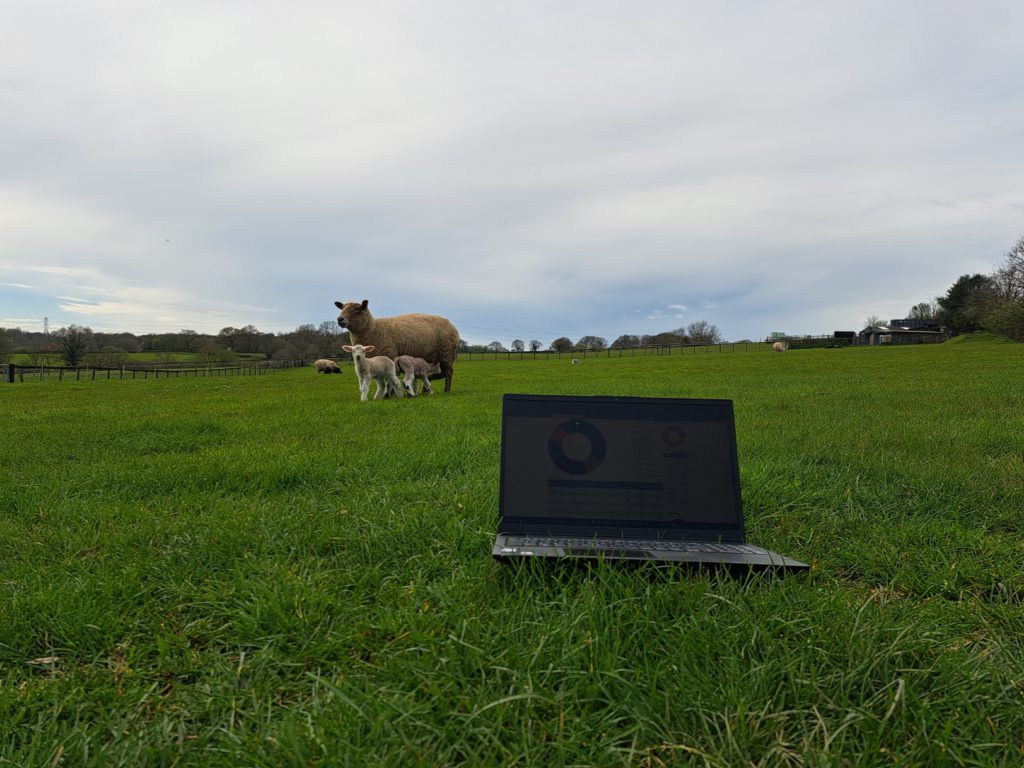
The FCT Calculator team has released a significant update to the Farm Carbon Calculator, designed to ensure that your reports reflect the latest emissions data and understanding available. This update, which will affect any reports ending after 1st April 2024, encompass a range of improvements aimed at enhancing report accuracy, flexibility and calculator usability. Below are some of the main changes you will see to the calculator.
Updated emissions factors
We want to ensure that your reports align with the most recent scientific research and methodologies, and to that end we have updated our emissions factors across various categories, including:
- Updated UK GHG Inventory factors to the latest data (affects fuels, materials, distribution, processing, inventory and waste)
- Updated the livestock, cropping and input emissions factors in line with the most recent IPCC standard refinements
- Updated woodland sequestration factors in accordance with the latest Woodland Carbon Code
Numerous other emissions factors have been updated across the calculator, and for a more extensive breakdown of these changes, see Table 1 of our “What’s new for April 2024 update” document on the Calculator resources page.
New factor options
In this update we have also expanded the options available when report building to offer more comprehensive coverage of farm businesses. The new factors we have added include:
- New fuel options such as alternative diesels and purchased heat and steam
- Diverse new material options, such as more fencing materials, piping options, packaging choices, and agricultural consumables.
- Expanded imported organic fertility and cropping options, including whole cropping
- New fertiliser (including liquid fertilisers) and spray options, with provisions for unlisted items
- Inclusion of hay and haylage as livestock feed options
- Expanded distribution options, including electric vehicle haulage and various air freight options
Alongside adding new options, we have provided some more refined options for existing factors in the calculator, including:
- New managed hedgerow options, to allow reports to reflect the higher biomass accumulation of young hedges
- We now have a non-UK electricity option for international users, allowing you to input your emissions using your nation’s specific emissions conversion factor
- More options for structures, including new agricultural building size options and various new complete fencing options
A full overview of the new additions and refined items are available in Table 2 of the “What’s new for April 2024 update” document, as well as flagged in the new data collection sheets available on our Calculator resources page.
Accounting for Capital Items
With this update we have provided more flexibility in how capital items (such as farm machinery or agricultural buildings) are accounted for to ensure that your reports are in line with your desired reporting approach. You can choose to account for capital items in two ways:
- “Depreciating over 10 years” – The legacy method with emissions “spread” over a 10 year period
- “Upfront” – an approach which is compliant with the GHG protocol agricultural guidance. This way embedded emissions from capital items are associated with the year they were purchased, and only the emissions from your reported period will be included in your report
Not all standards require the inclusion of capital items, so if you are producing a report for someone else you should check whether they want capital items included.
You can also switch between inventory reporting options by going to “Edit Farm Details” and you will not lose any data switching between the two.
Reporting waste
A new waste disposal reporting approach has been developed to ensure there is an accurate assessment of emission and these are accounted for in a GHG protocol compliant manner. How waste is reported can be selected on the report information page as with the new inventory options:
- “Legacy” is the existing approach which compares emissions from disposing of wastes to what would have been emitted had the waste been sent to landfill (i.e. it includes “avoided emissions”)
- “GHG protocol compliant” is the new recommended option as it discounts any “avoided emissions” and accounts just for the emissions resulting from the disposal method selected
New Data Collection Sheets
To facilitate data collection, we provide updated sheets with all new calculator items flagged for easy reference. You can find these on our Calculator resources page.
More information
For a more detailed overview of these changes and the methodologies behind them, please visit our Calculator resources page. Additionally, our website offers various help and guidance to assist you in reporting your farm businesses’ carbon footprint.
We are dedicated to providing an accurate and user-friendly carbon calculator that can help farmers improve their business and environmental resilience. This update has been the product of the hard work from our team in response to contributions and feedback from our users, so if you have any queries or insights for the calculator please email us at [email protected], and we will work to make this the most accessible and informative tool for you.
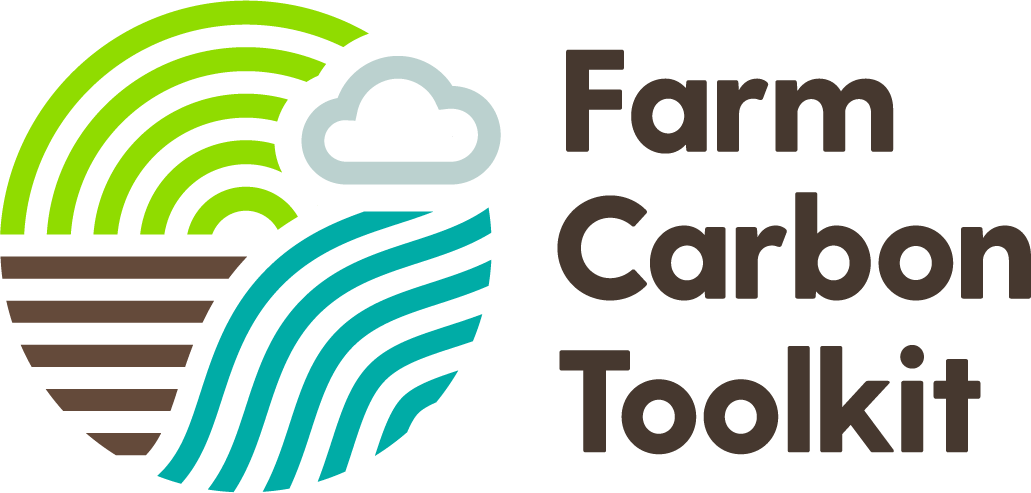
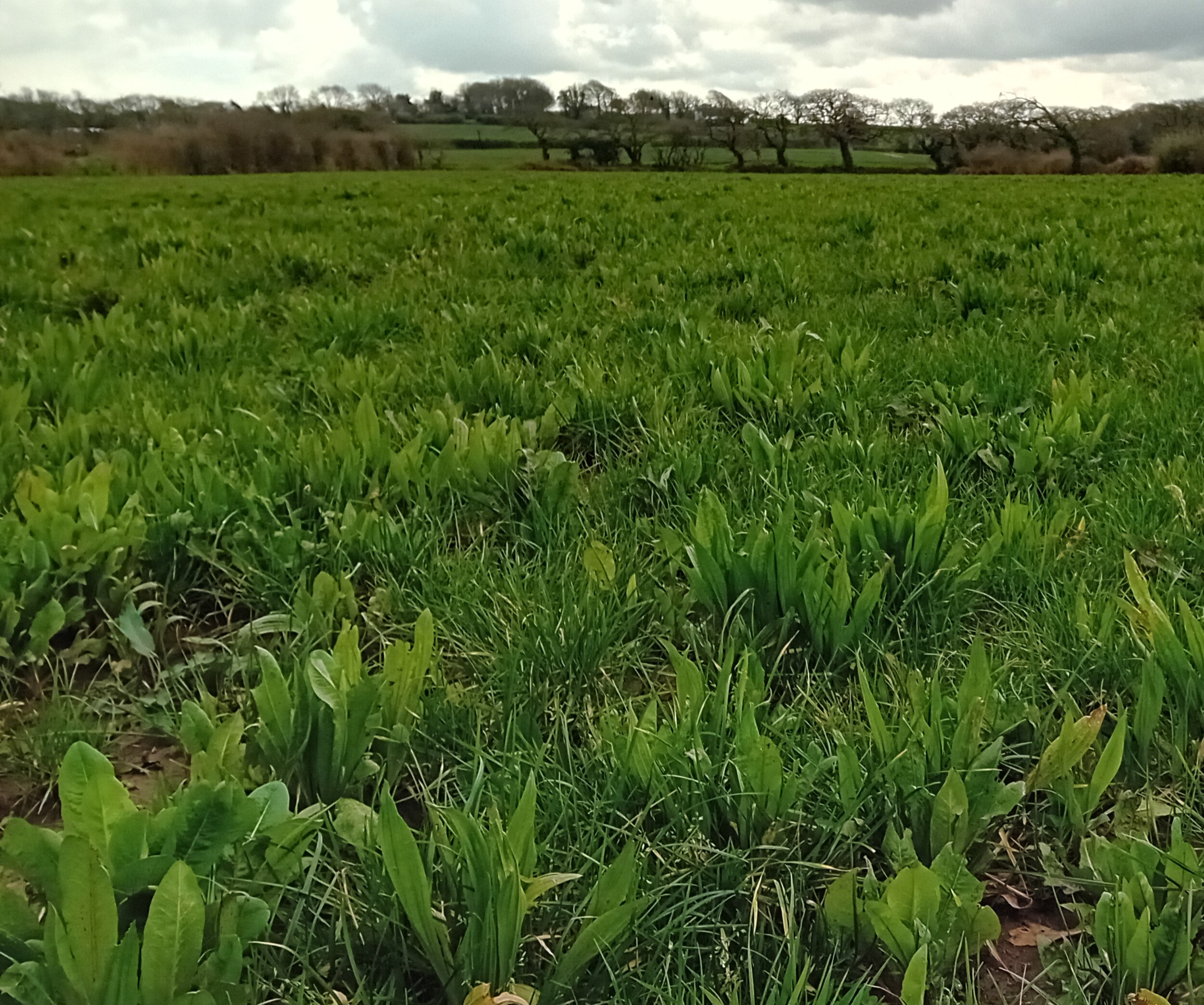
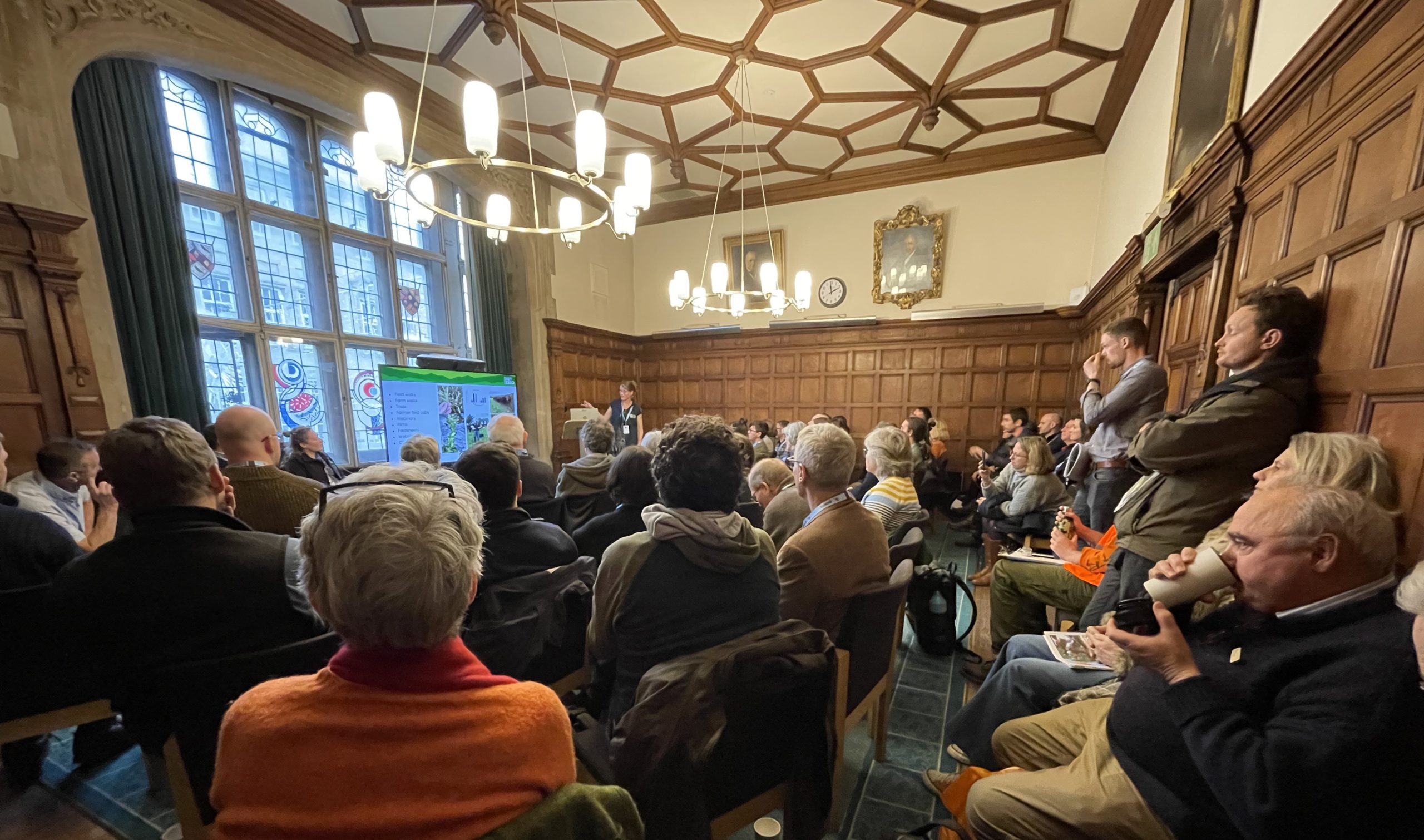
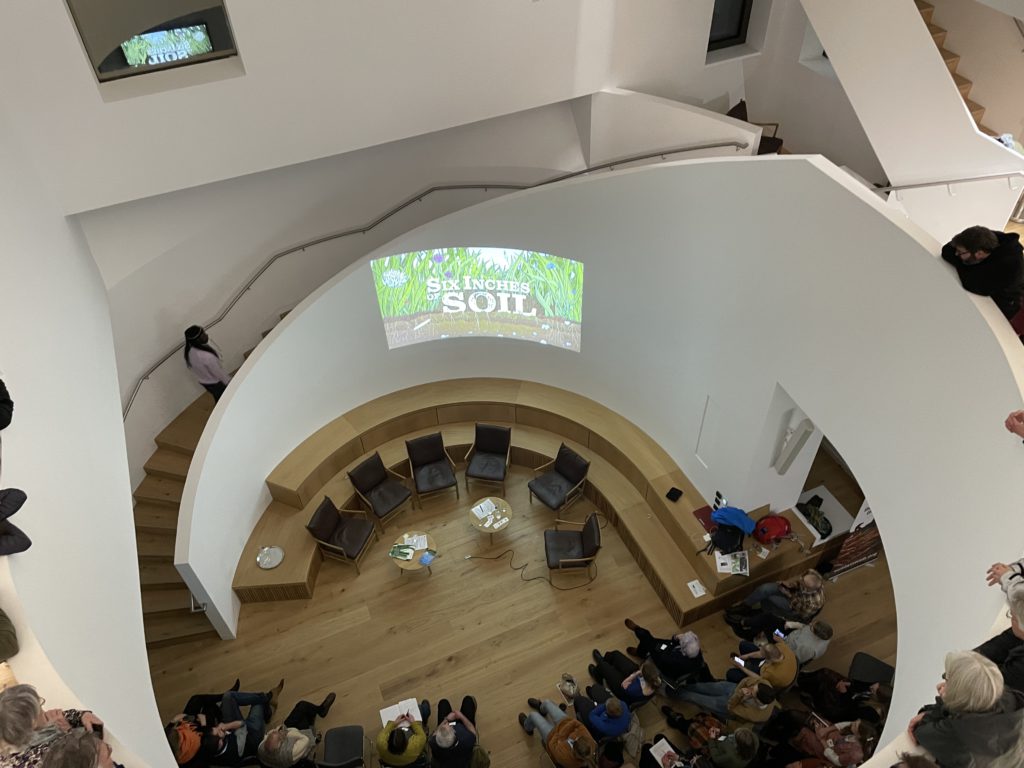
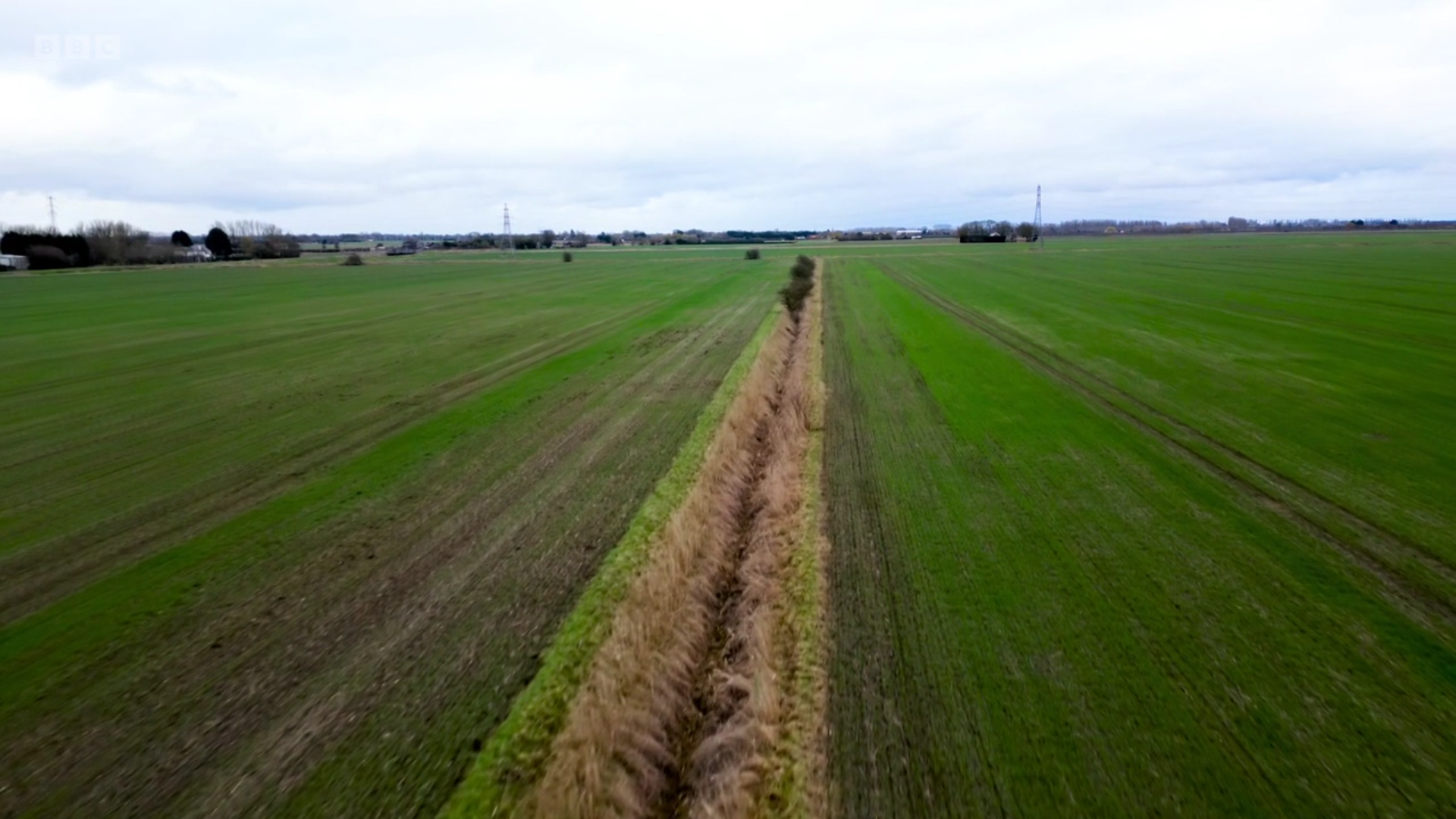
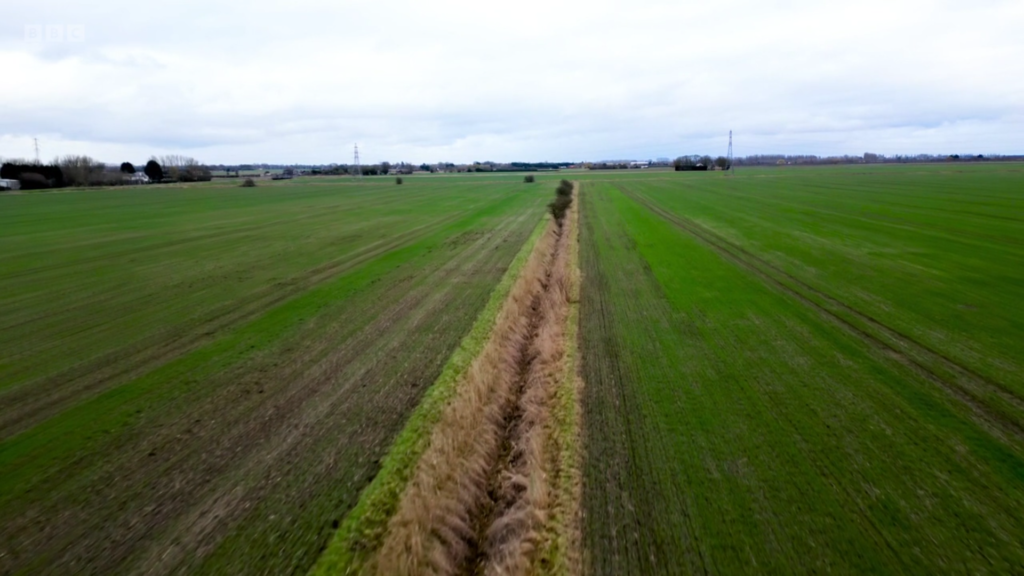

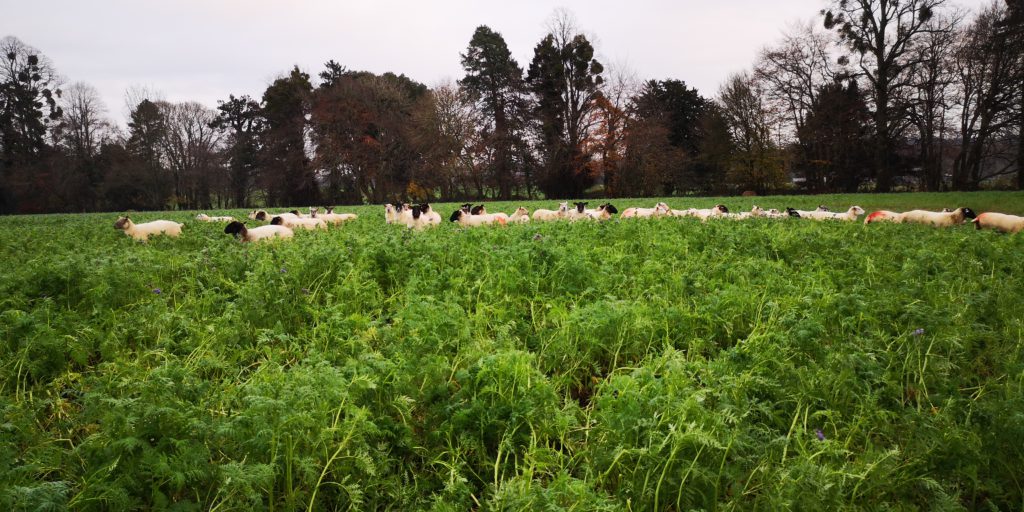
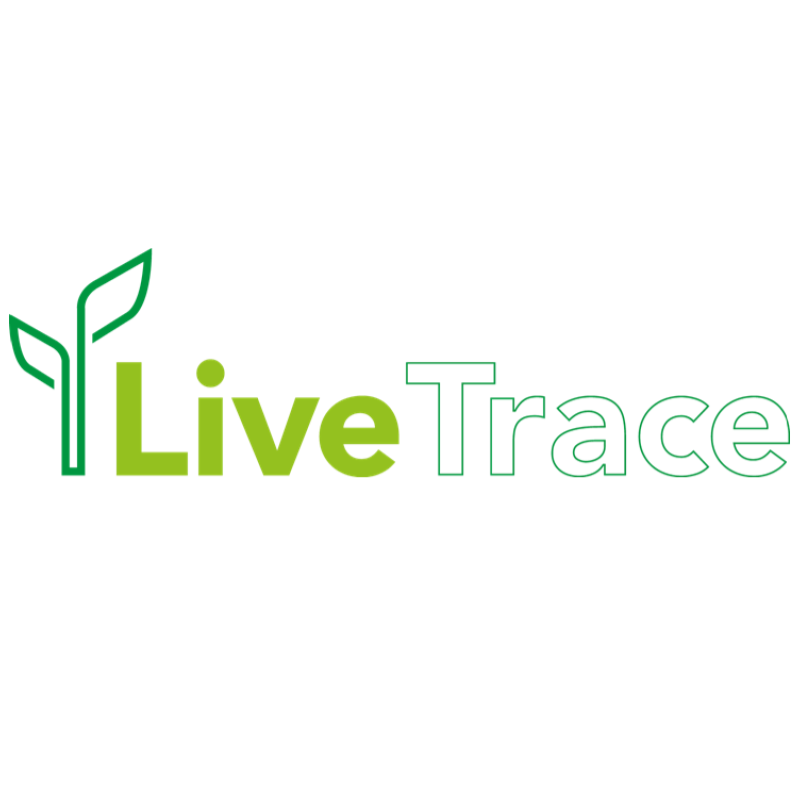

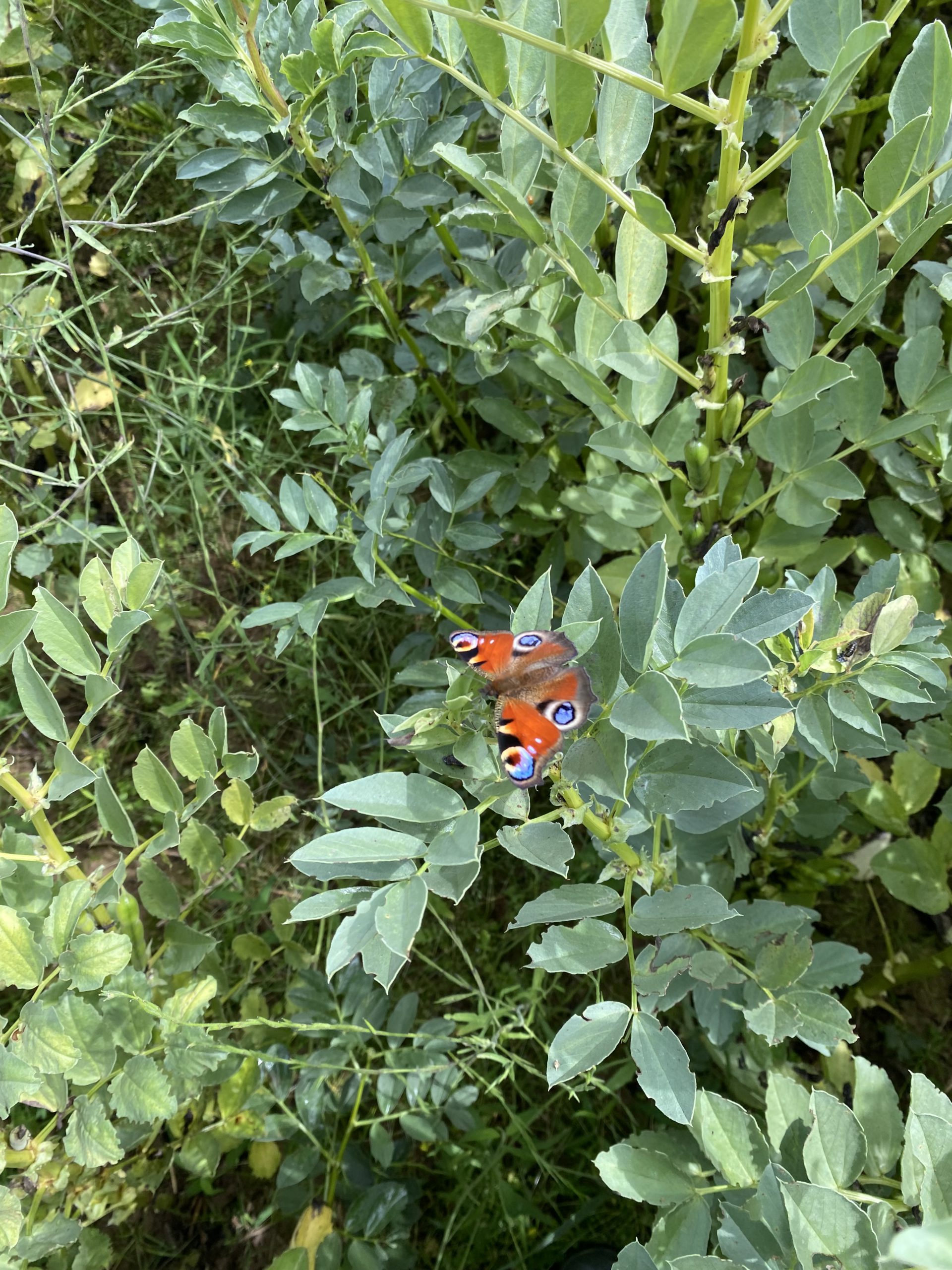
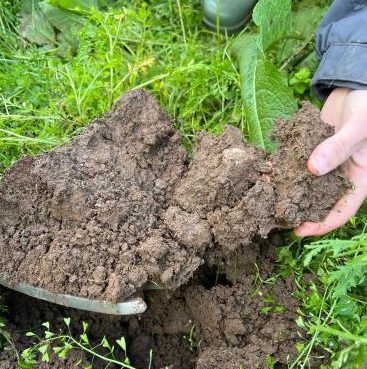
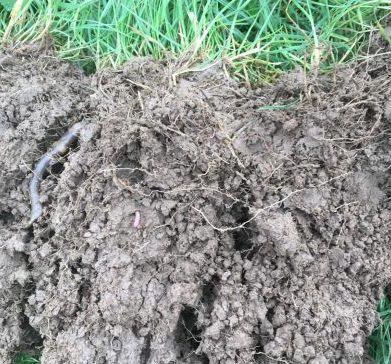
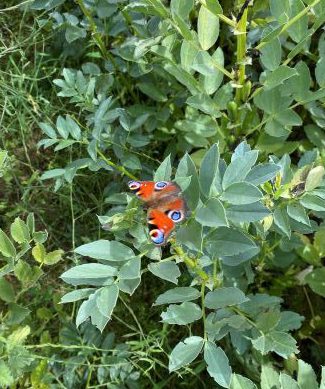
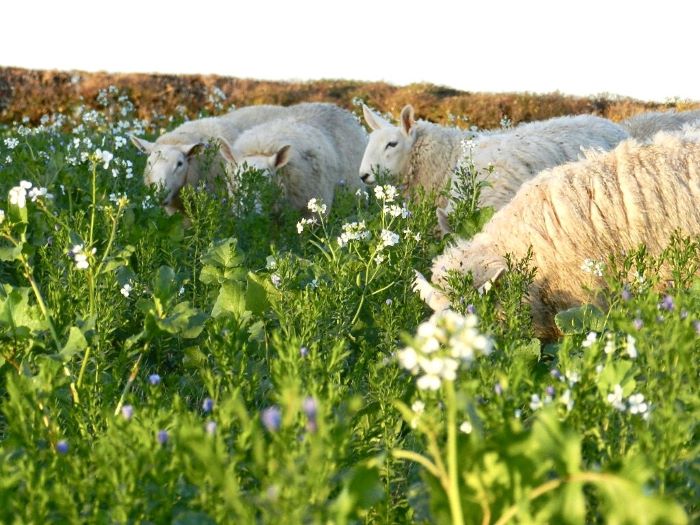
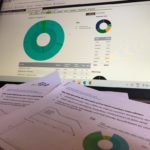
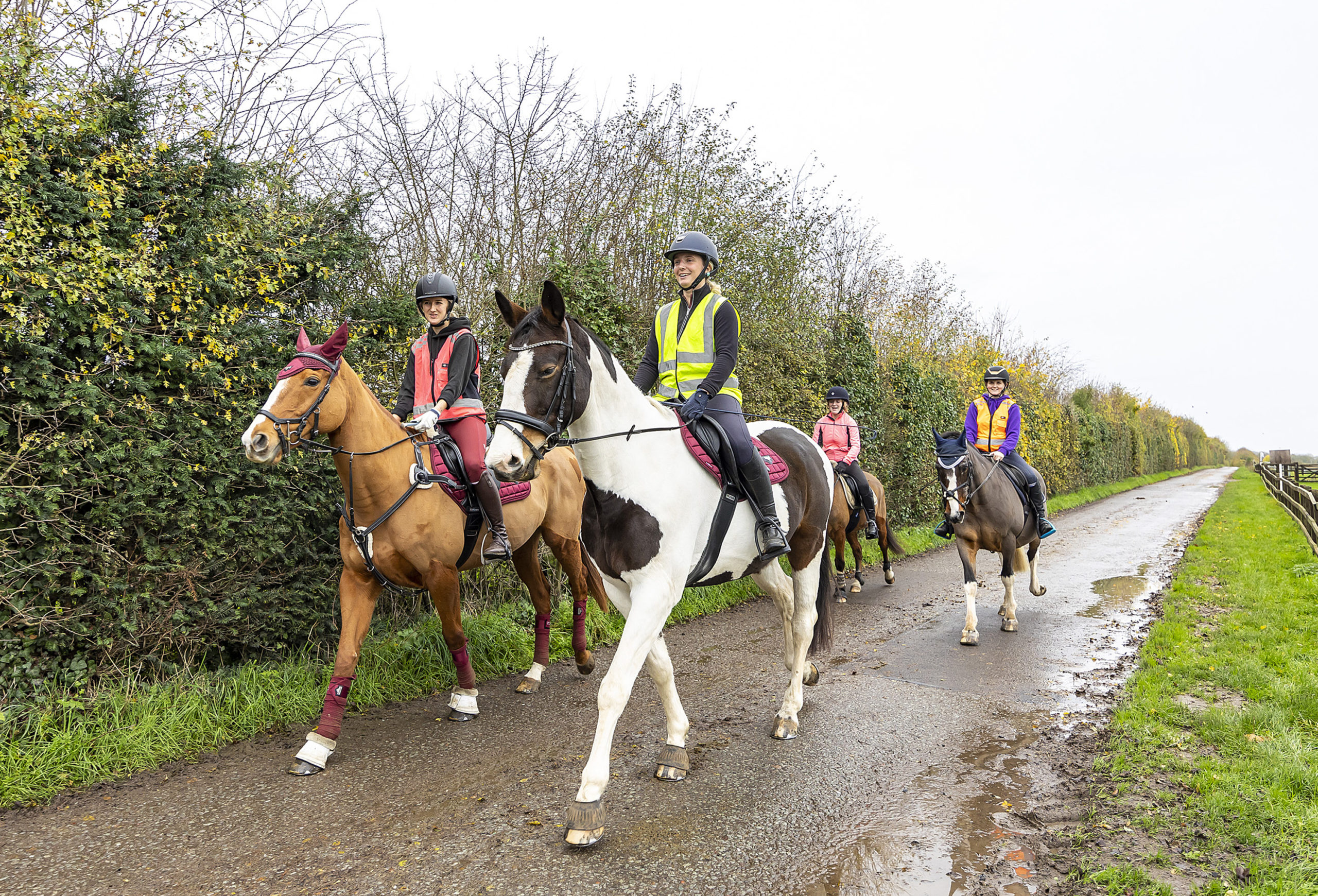
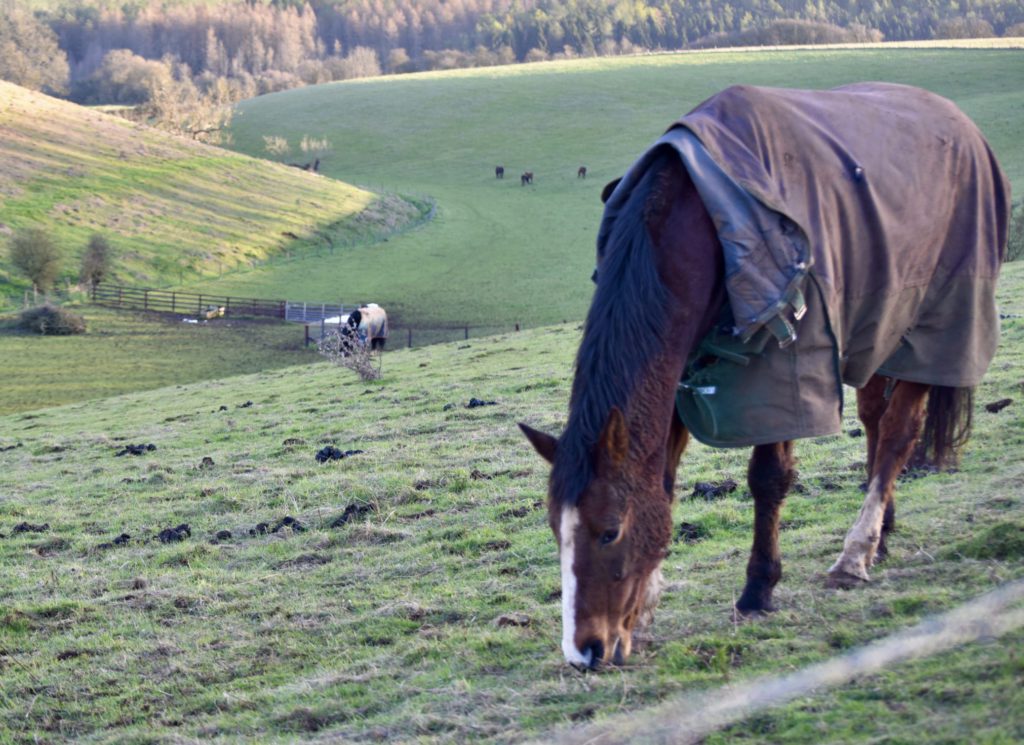
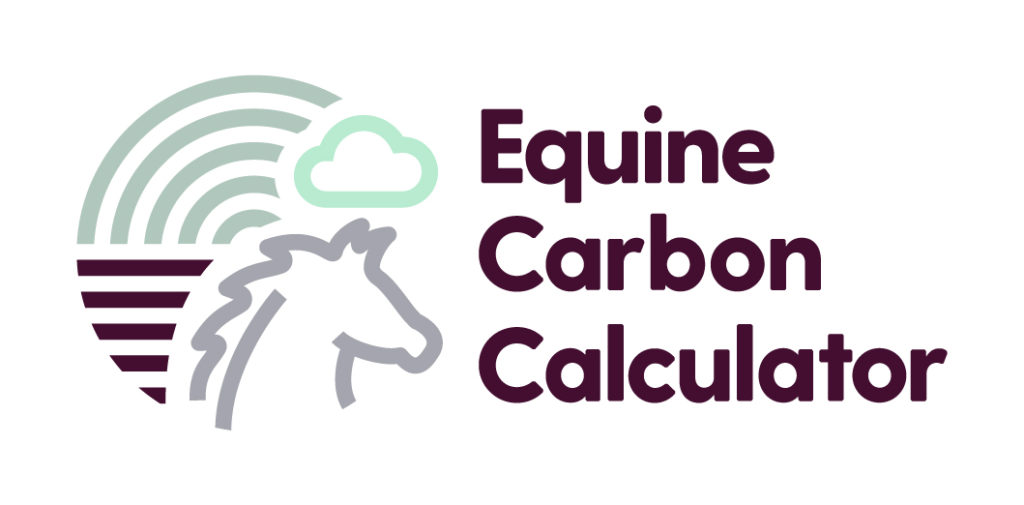
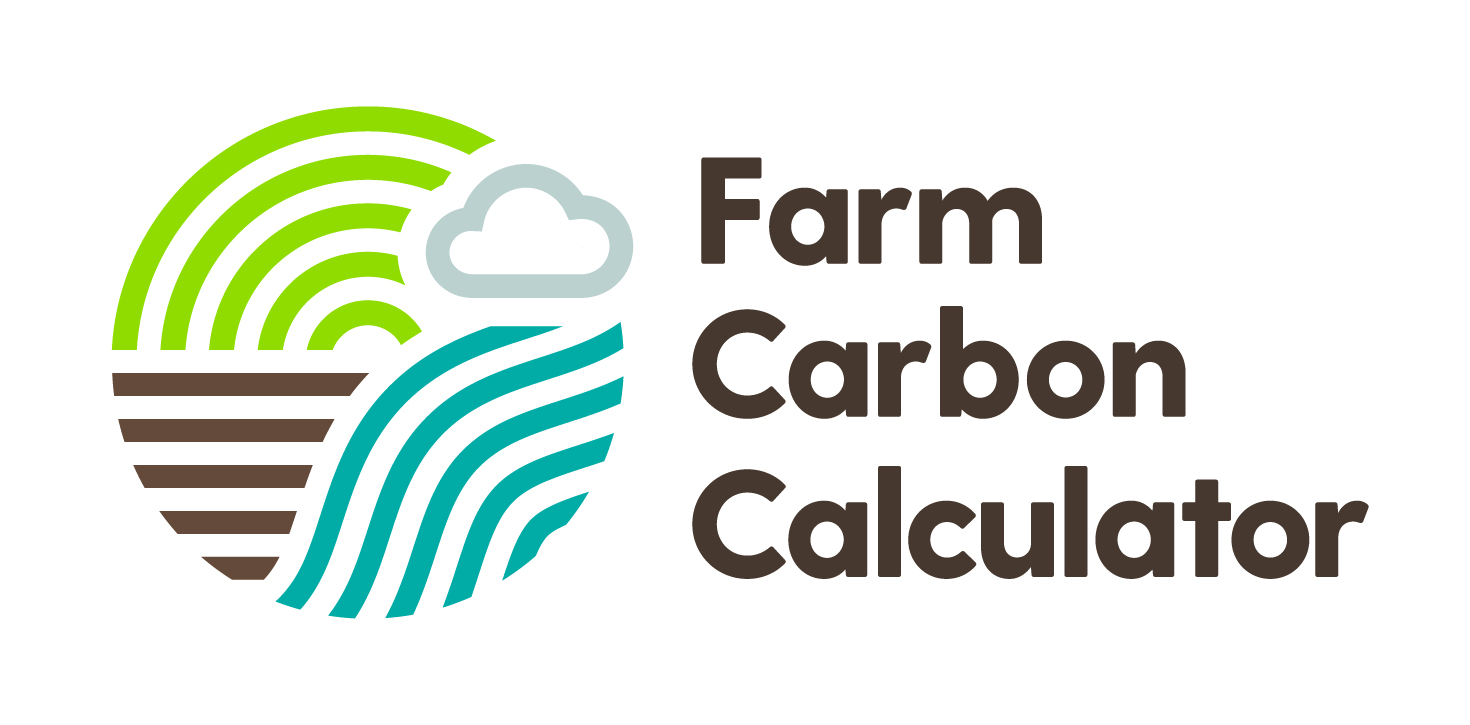
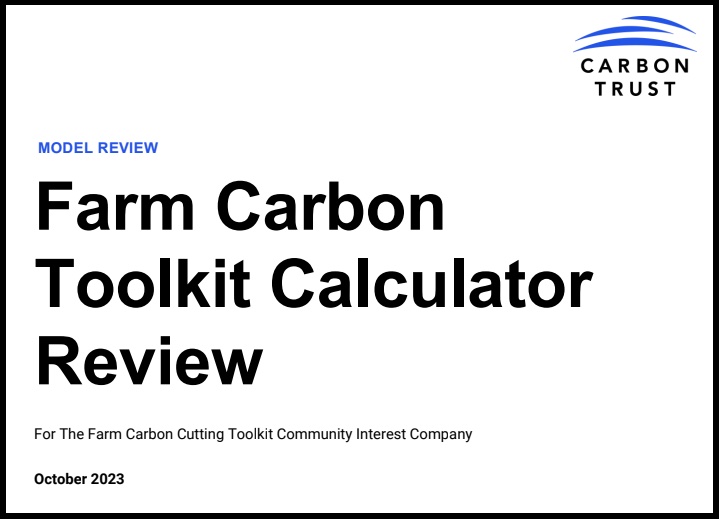
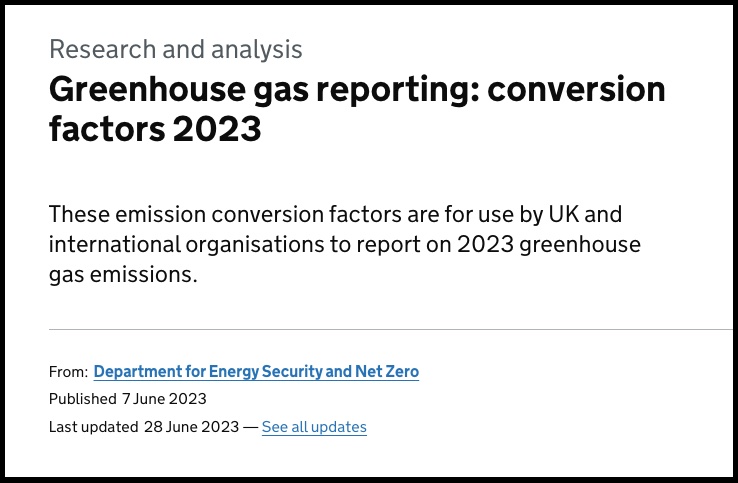
Recent Comments